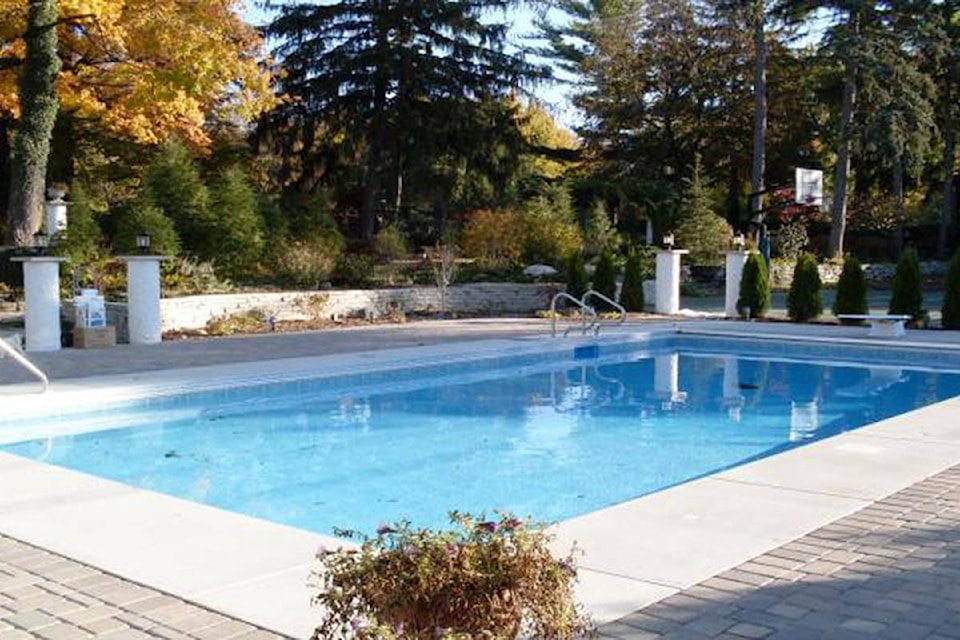As longer sleeves and warmer jackets move to the front of our closets and the summer season comes to a close, residents are reminded to prepare yards, pools and hot tubs for the fall.
The City of Kelowna is asking the public to help protect local water systems by making sure to follow the proper procedures when draining water.
When draining pool and water features, be sure to:
• Drain to a dry area on your property over a long period of time rather than draining all at once
• Discharge the water at a low flow rate
• Drain water so it stays on your property
• Stop draining if it starts to rain
• Drain salt water pools into the sanitary sewer system
De-chlorinated water can be drained into the storm sewer system. Chlorine test kids, dechlorinating additives, and instructions can be purchased at local pool companies and supply stores.
Chlorine, bromine, algaecides, salt and other products used to keep pool and hot tub water clear and clean can be harmful to the environment if handled improperly. These chemicals are toxic to aquatic life and should never be drained into storm drains, which may result in these chemicals reaching our creeks, streams or lake.
Storm sewers are the catch basins or grates on the road, usually found by a sidewalk, that drain into the storm sewer system, says the city, as these systems connect directly into Okanagan Lake and local streams, the water flows into the lake untreated.
Kelowna’s Sanitary Sewer Storm Drain Regulation Bylaw restricts the discharge of residential pool and hot tub water containing disinfectants into the storm sewer system. Water features such as ponds and fountains also need to follow draining procedures as they can contain sediments and other wastes.
Improper discharge of contaminated water can result in a fine of up to$2,000, so it is important to know what system to drain pool water into.
Sanitary systems can be identified by their circular pipe with lid or a square container that, when opened, contains a pipe (the container may be marked “sewer”). The sanitary sewer system is directed to the city’s wastewater treatment facility and is treated before being released into the lake.
For further guidance, residents are encouraged to contact the City’s Water Quality department to ensure they are draining into the correct system or visit the storm water webpage at kelowna.ca/water.
To report a typo, email:
newstips@kelownacapnews.com.
@KelownaCapNews
newstips@kelownacapnews.com
Like us on Facebook and follow us on Twitter.
